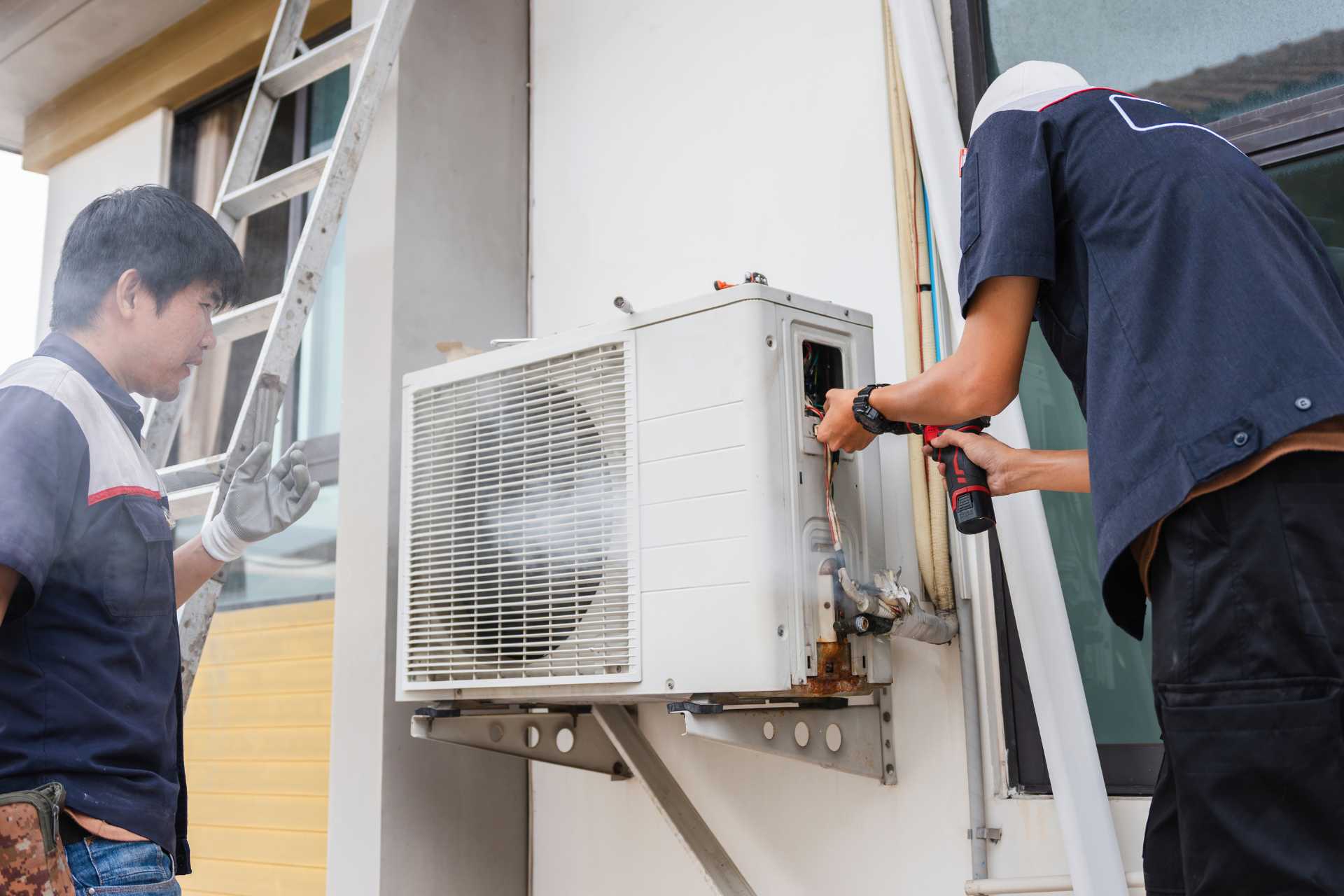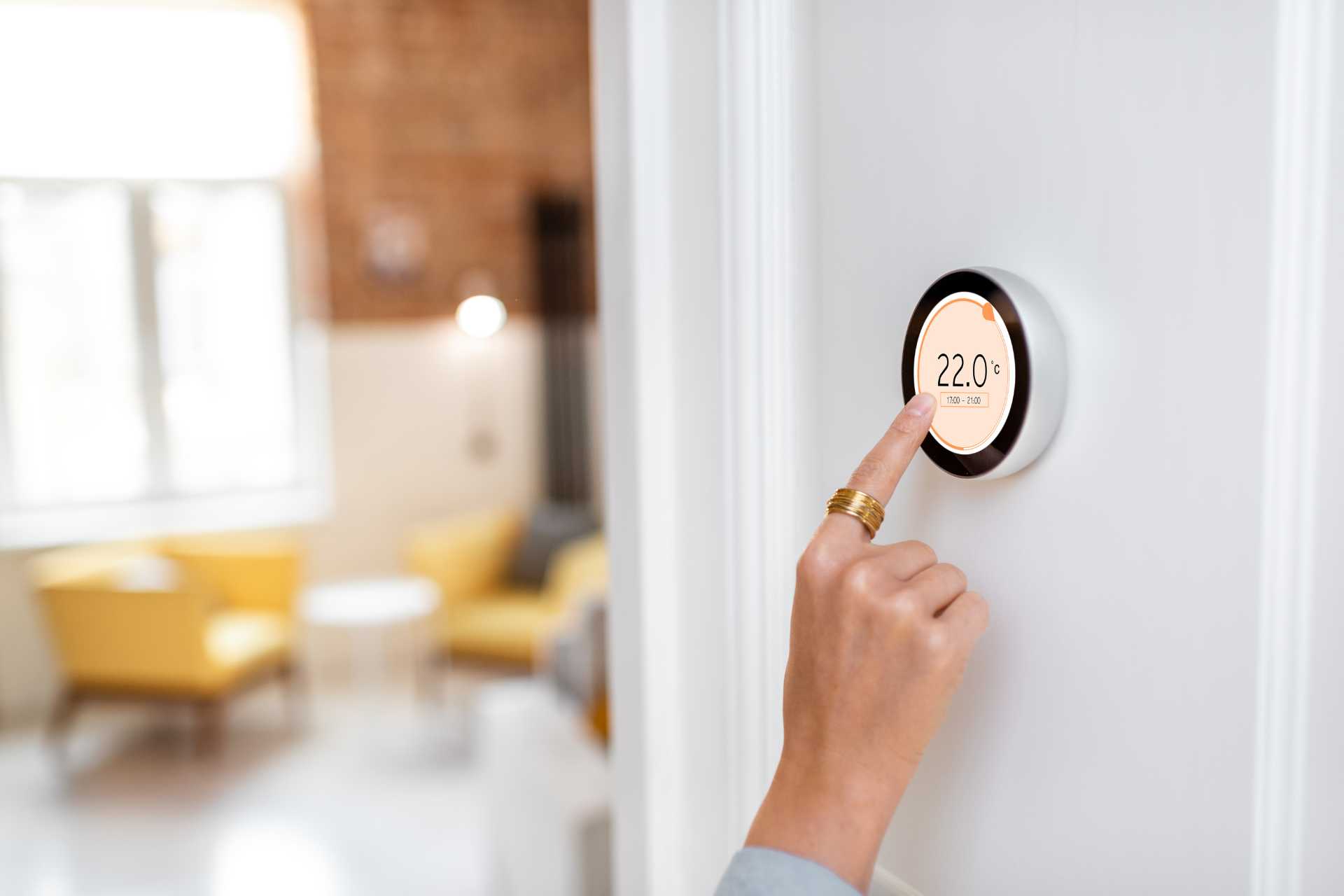How a Modern HVAC System Increases Your Home’s Resale Value

When preparing a home for the competitive housing market, sellers often prioritize cosmetic enhancements while overlooking the systems that fundamentally matter most to discerning buyers. A modern HVAC setup is one of the strongest indicators of efficiency, comfort, and long-term reliability—qualities that buyers actively seek out, particularly when a real estate agent strategically highlights these features during showings. Conversely, outdated heating equipment that constantly needs furnace repair raises immediate red flags, significantly lowering buyer confidence and diminishing the property’s perceived value. An upgraded, modern heating, ventilation, and air conditioning system is not just an appliance. It is a critical investment that leads directly to a higher resale value, accelerates the offer process, and ensures smoother home inspections.
The Buyer’s Top Priorities: Comfort and Predictability
Modern, high-efficiency systems are desirable because they translate immediately into hard financial savings for the new owner. High Seasonal Energy Efficiency Ratio (SEER) ratings for air conditioning and Annual Fuel Utilization Efficiency (AFUE) ratings for furnaces, coupled with variable speed technology, mean the system consumes substantially less energy than outdated, single-stage units. For instance, upgrading an 80% AFUE furnace to a 96% model immediately saves 16 cents on every dollar spent on heating fuel. The direct result of this efficiency is a clear reduction in utility expenses, making the home instantly more affordable to operate. These quantifiable savings are easily documented by the real estate agent using energy audit data or efficiency labels, and serve as a powerful selling point that appeals directly to budget-conscious buyers seeking to lower their home’s energy bills.
Beyond immediate cost reduction, buyers prioritize peace of mind and operational convenience. New HVAC units are generally backed by long-term, transferable manufacturer warranties. This crucial documentation eliminates the risk of a major, unanticipated replacement cost. This cost often exceeds $10,000, making warranty coverage a significant advantage. This assurance is invaluable to a new homeowner facing other moving costs. Furthermore, modern equipment delivers superior performance. Variable speed motors provide quieter operation than old single-stage blasts. They also ensure more consistent, zoned temperature control throughout the home, eliminating hot and cold spots. Systems equipped with smart thermostats also appeal to tech-savvy buyers. These thermostats learn usage patterns, provide diagnostics, and optimize heating schedules, positioning the home as current and future-proof.
Financial and Fiduciary Benefits
Replacing an old HVAC system often yields a strong return on investment (ROI). Direct cost recoupment may not be 100%, but the exponential increase in buyer confidence reliably makes up the difference. Buyers are willing to accept a higher final price for a property that requires zero deferred maintenance on major mechanical systems. This proactive investment secures a clean transaction and justifies a stronger asking price. Conversely, an old unit introduces an automatic $5,000 to $15,000 deduction in buyer calculations. This means the seller pays for the replacement anyway but loses control over the cost. Addressing this pre-emptively enhances the overall resale value of the property.
New HVAC systems are critical for securing smooth inspections and positive appraisals. They instantly remove major red flags that commonly surface during a home inspection, such as visible rust, safety concerns related to a cracked heat exchanger (which can release carbon monoxide), or the presence of outdated R-22 refrigerant (now illegal to install). A clean inspection report reduces the buyer’s leverage for demanding last-minute price reductions or repair allowances, securing a cleaner, faster transaction. Appraisers specifically recognize new, high-efficiency mechanical systems as superior capital improvements, assigning them higher weight than cosmetic repairs, which directly supports and helps justify the higher sale price. When planning the sale, budgeting for your HVAC upgrade must be seen as a defensive financial measure.
Strategic Positioning: Marketing the Modern System
The strategic advantage of a new system lies entirely in how it is marketed and documented. Sellers and their real estate agent should proactively market the unit’s precise specifications. Examples include: “Brand New 96% AFUE Furnace” or “16 SEER AC Unit with Variable Speed Compressor.” Listing generic terms like “Forced Air” is not enough. Providing documentation is paramount. Clean invoices detailing the installer, maintenance logs, and official transferable warranty papers build instant, irrefutable credibility with potential buyers. This transparency confirms the investment has been professionally completed. It also minimizes any lingering doubts about the system’s condition or expected lifespan.
The decision to upgrade to a high-efficiency furnace impacts the home’s overall thermal performance, and sellers should market the system as part of a complete envelope package. A modern, variable-speed system operates optimally when the home’s insulation, windows, and sealing are also adequate. Highlighting these complementary upgrades further establishes the property as a quality, high-performance investment. This elimination of major mechanical risk also significantly speeds up the sales cycle. A major, expensive upgrade eliminates the biggest financial barrier to a buyer’s commitment, often resulting in quicker decisions and fewer days on the market, thereby securing the maximum possible resale value.
The Investment Buyers Actually Notice
Strategic heating and cooling improvements deliver powerful, tangible benefits—energy savings and a warranty—and vital psychological benefits that cosmetic fixes simply cannot match. A modern HVAC system positions a home as a reliable, long-term investment rather than one that immediately requires costly system upgrades. Maximizing the home’s resale value requires approaching the sale not just as a listing, but as the calculated presentation of a high-value asset, securing the strongest possible offer.


